臺灣特色茶國際證照班
臺灣特色茶國際證照班
Certificate for International Certificate Class of Taiwan Specialty Tea
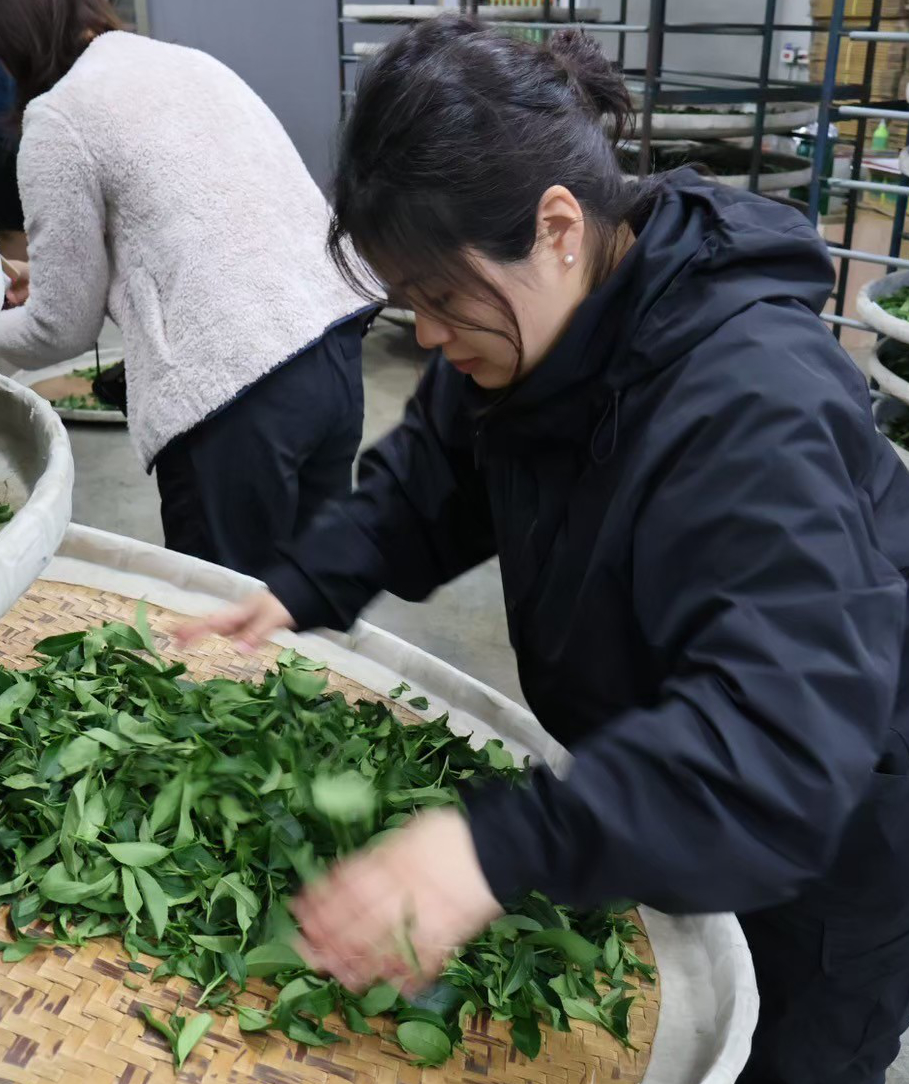
講座の感想 2024年9月にWEB授業を受講し、同月28日(10:00〜17:30)に対面講座、29日(13:00〜17:00)に検定を受験しました。 WEB講座や対面講座を通じて、台湾茶の概論を「茶区」「品種」「製造方法」「歴史」などの観点から学び、それぞれの特色を興味深く理解することができました。また、台湾茶の分類を学び、それぞれに対応した風味輪を活用することで、お茶の特徴をより明確に捉えられるようになりました。特に、風味輪を使うことで、お茶の特徴を伝える際に「何を伝えればよいのか」が一目瞭然になり、表現に迷うことが減りました。さらに、風味輪が基準として機能することで、個々の表現の差が大きくなりすぎず、共通認識を持ちやすくなる点も非常に有用だと感じました。個人的には、風味輪の「口当たり」に関する項目が特に参考になりました。これまで自分では表現しづらかった部分を、どのように伝えればよいのかを学び、「こう表現すれば伝わるのか」と具体的に理解することができました。 また、製造方法の違いを学ぶことで、お茶ごとに茶葉の外観、水色、香り、味わいがどのように変化するのかを体系的に整理できました。加えて、茶区ごとの特徴や歴史を併せて学ぶことで、より立体的な理解を深めることができたと感じています。 視察旅行の感想 2023年9月15日〜18日 東方美人茶(苗栗県・日新茶園) 2024年4月18日〜21日 高山烏龍茶(南投県・杏香紅茶園) 私は都心部で育ち、植物に関する科学的な知識は一通り学んできたはずでした。しかし、視察旅行を通じて、それらはあくまで「知識」で、実体験としての理解には至っていなかったと痛感しました。 まず、農園が豊かな自然に囲まれていることに驚きました。茶園だけでなく、その周囲の環境全体が茶樹を育んでいることを実感し、気候、日差し、湿度、空気の変化が茶葉の成長や製茶へ与える影響を肌で感じることができました。 製茶の過程では、五感をフルに使ってお茶の変化を感じ取ることが求められました。特に萎凋や揺青の段階で茶葉の様子や香りが刻々と変化していくことには驚かされました。実際に製茶を体験することで、これまで言葉では理解していたつもりだったお茶の香りの変化、その不思議を、実感することができました。 また、一緒に製茶をした仲間たちとの飲み比べも非常に貴重な経験でした。同じ原料を同じように作業しても、出来上がったお茶の風味が異なり、製茶の奥深さを改めて感じました。同時に、評茶の意義についてもより深く理解する機会となりました。 この経験を通じて、日々飲んでいるお茶をより身近に感じるようになり、茶区や生産者の方々の存在がぐっと近づいたように思います。視察旅行、製茶体験を通じて、お茶への理解が圧倒的に深まる貴重な機会となりました。
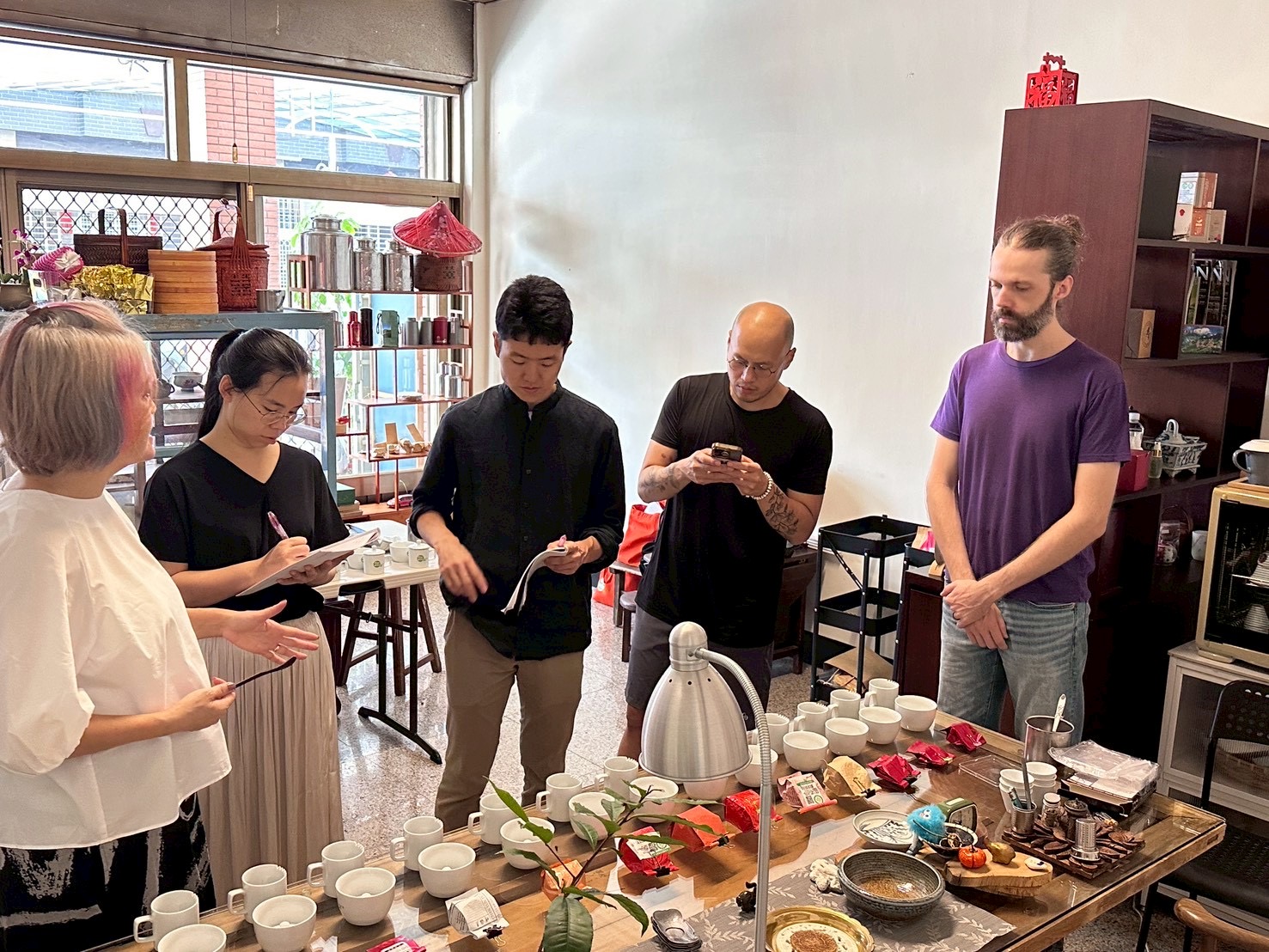
the class was very informative, it is perfect for beginner looking for a short comprehensive course on taiwanese tea. The class covers from history, cultivation , processing , and tasting various kinds of taiwanese tea. We had experience visiting 2 tea fields and a factory, tasting 100 Taiwanese tea and study for examination. From zero knowledge, i believe that I can understand taiwanese tea more especially how it is processed, tell and explain the difference to others, and can select taiwanese tea in the market that suit my taste. This class is intensive, yet fun and easy to digest a lot of information. I am thankful for Isabella and TBRS to offer english class!
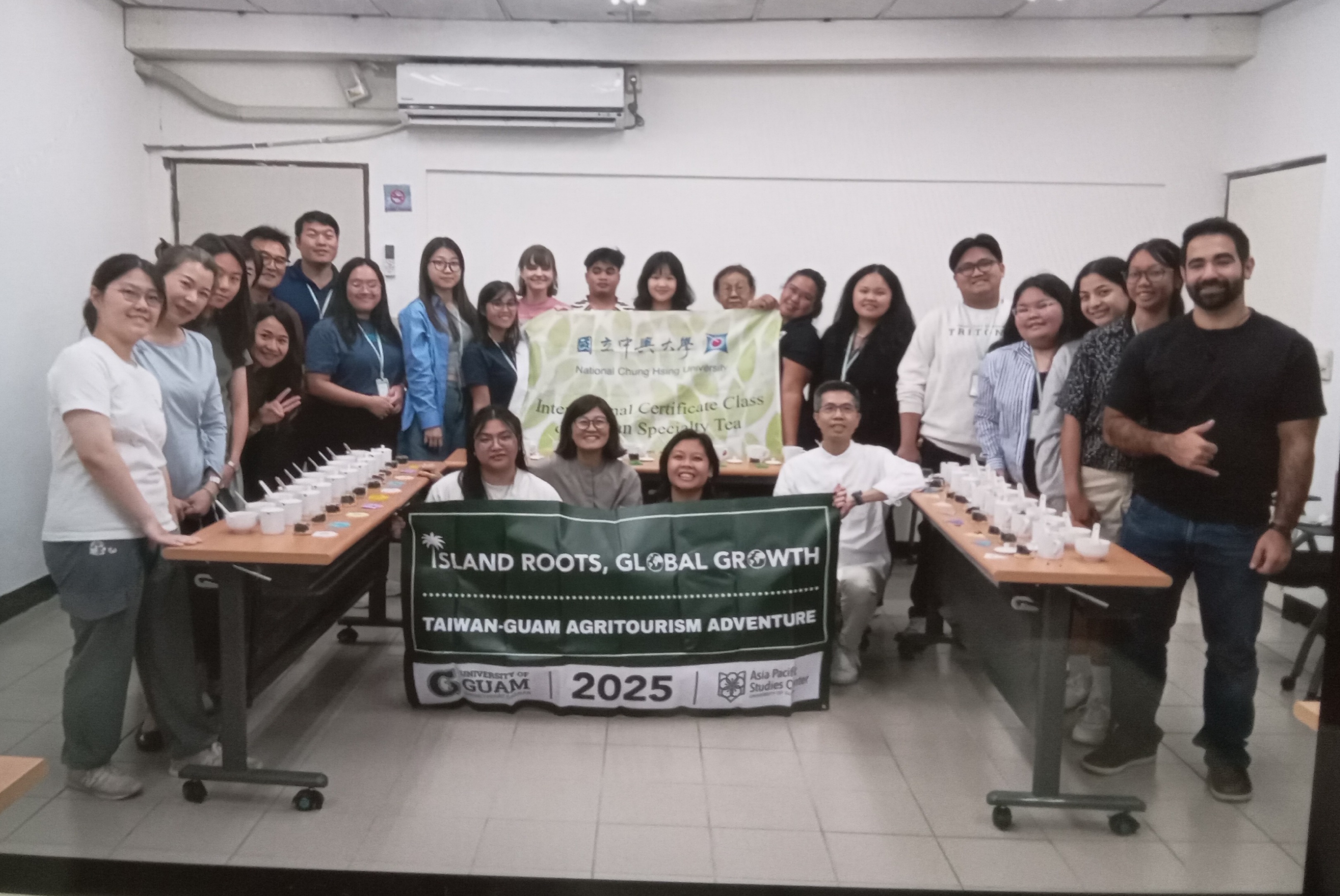

This morning, I learned about the history, origins, and growing regions of various Taiwanese teas at Ciaocha Teahouse. I was surprised to learn that john Dopp from scotland helped bring Taiwanese tea to international recognition and find connecting tea makers and spreading knowledge. In the afternoon, I visited the Formosa Tea Industry and Culture Promotion Center, where I observed the production of Four Seasons oolong tea and had the chance to pick tea leaves myself. I learned the basic steps of tea processing: • Picking – One bud with 2–3 leaves • Withering outdoors – To reduce moisture and initiate oxidation • Indoor withering – To promote partial oxidation • Kill-green – Using heat to stop the oxidation process • Rolling – Shaping the leaves into ball form • Drying – To reduce moisture and stabilize the tea After that, I tasted a cold-brewed version of the tea. It had a fragrant aroma, a moderate level of strength, and was very smooth and easy to drink. Finally, I got to see the difference between hand-picked and machine-picked tea fieldsthe shape and structure of the tea bushes vary noticeably depending on the harvesting method.
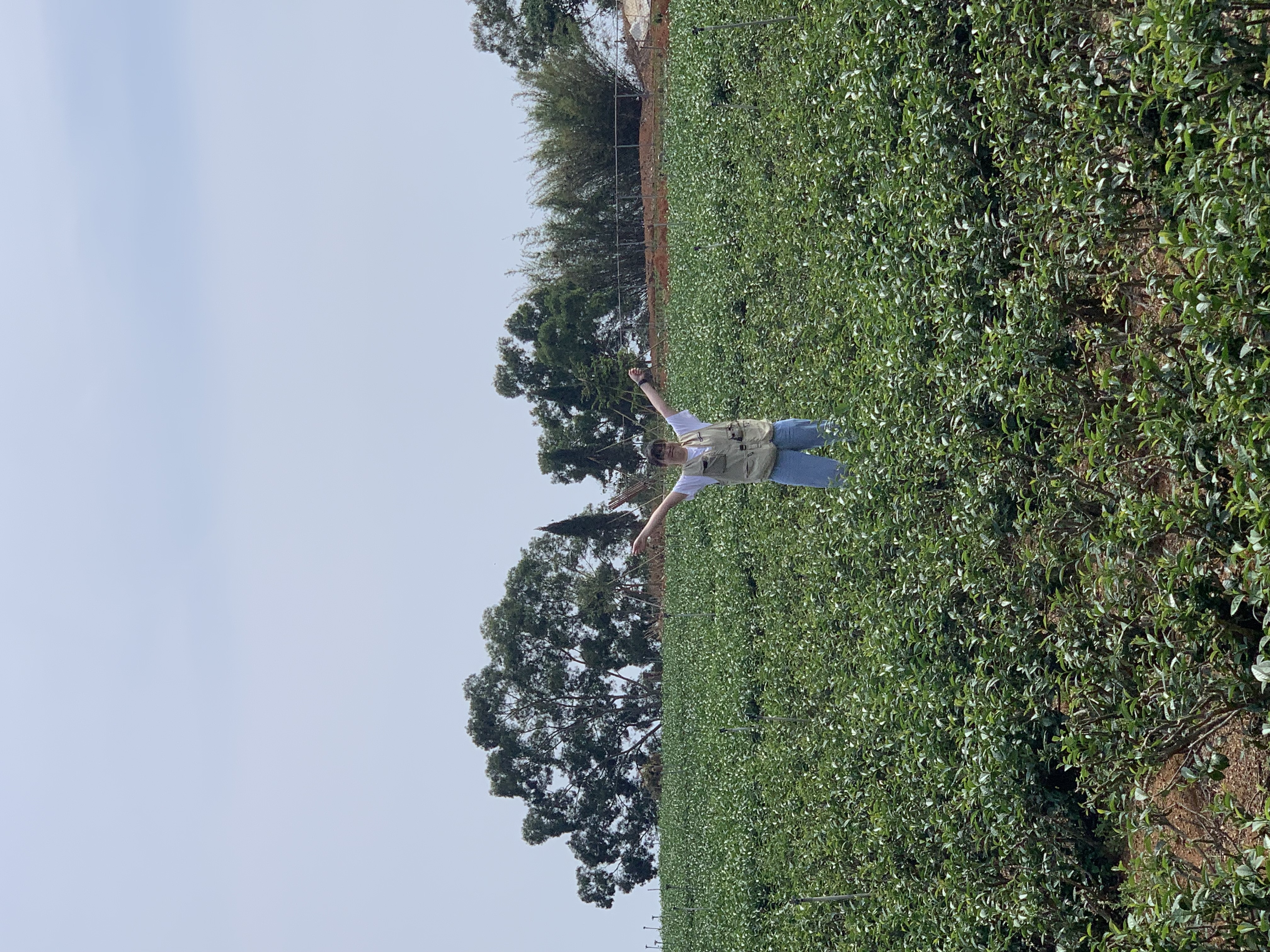
Review: Visiting Tea & Magic Hand’s Si Ji Chun Factory in Taiwan The highlight of this visit was seeing how clean and well-organized the tea-making process was. The factory mainly produces tea as a base for milk tea beverages, but in my opinion, their tea base is excellent on its own. It works beautifully as a light, cold-brewed oolong—floral, fragrant, and incredibly easy to drink. During the visit, we learned the differences between hand-picking and mechanical harvesting, each method producing distinct results. We also saw how the leaves are withered in a shaded area using natural wind—a gentle drying process that prepares the leaves for the next steps like oxidation and roasting.
 2025-NCHU-8-10150-001
2025-NCHU-8-10150-001
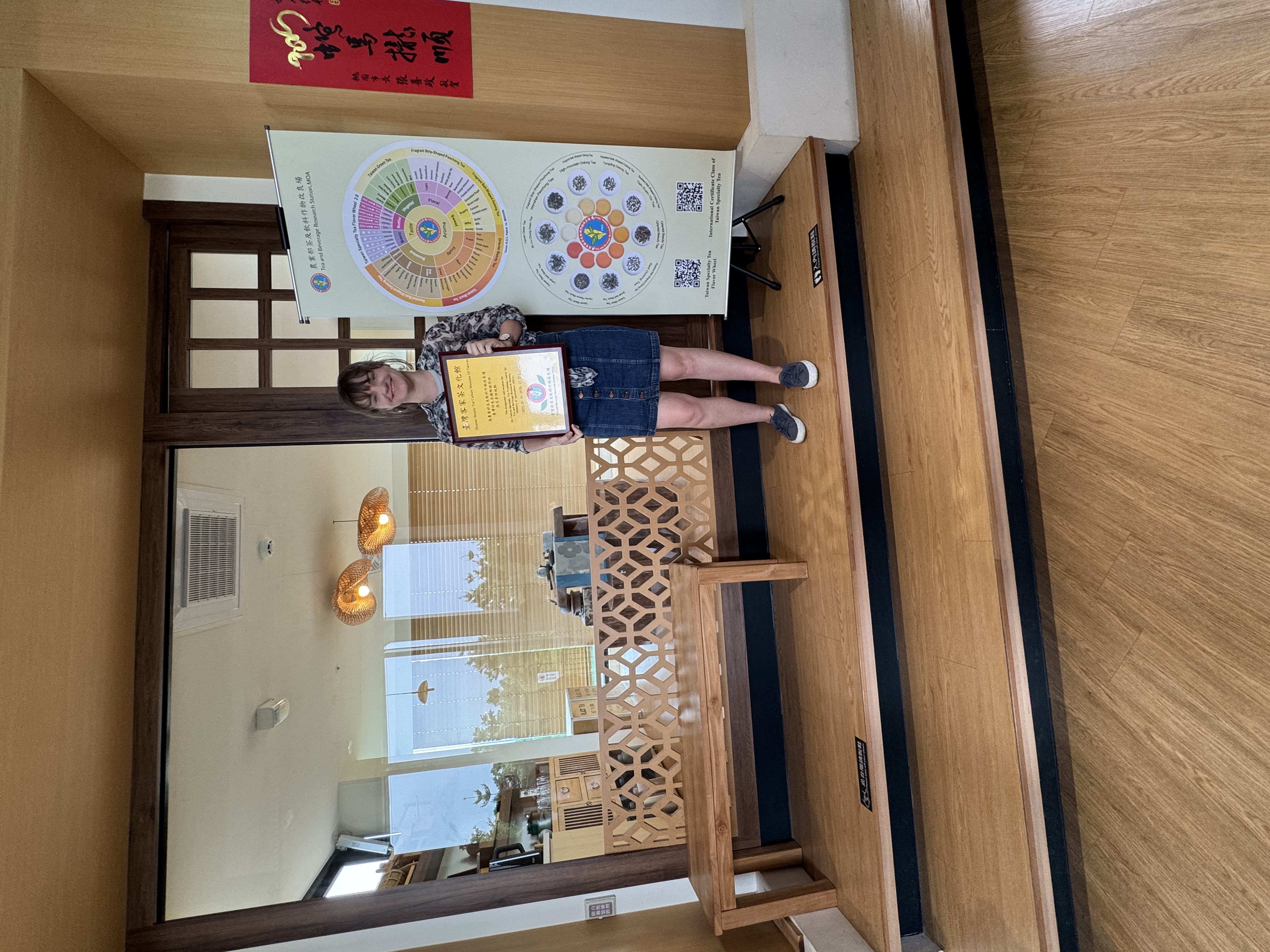 2025-NCHU-8-10150-001
2025-NCHU-8-10150-001
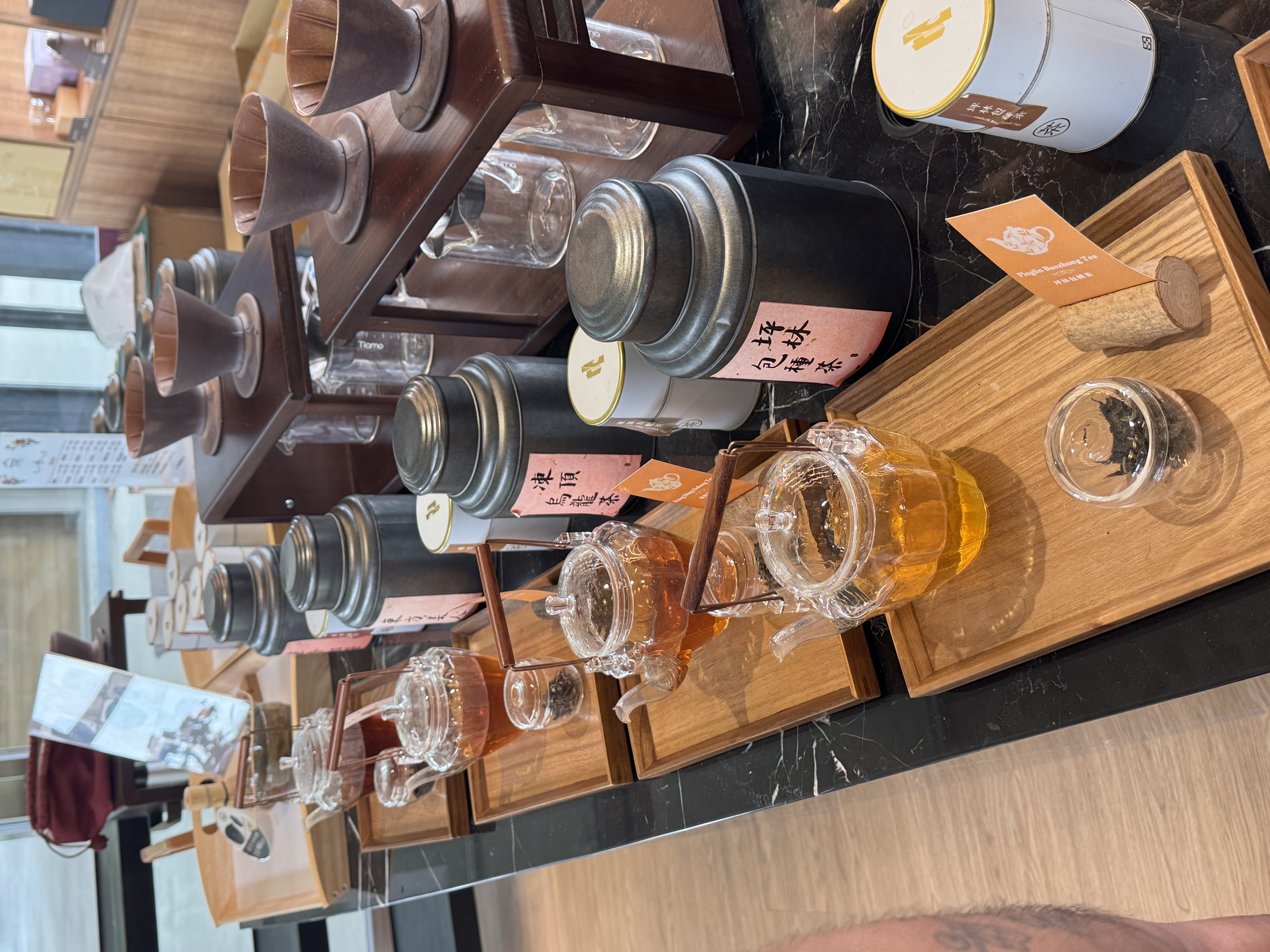 2025-NCHU-8-10150-001
2025-NCHU-8-10150-001
Wonderful course covering the history and characteristics of Taiwan teas! Dr. Alex is very knowledgeable and passionate about the subject, and his teaching is clear and thorough. Because of this course, I have a better appreciation and understanding of Taiwan’s beautiful tea!
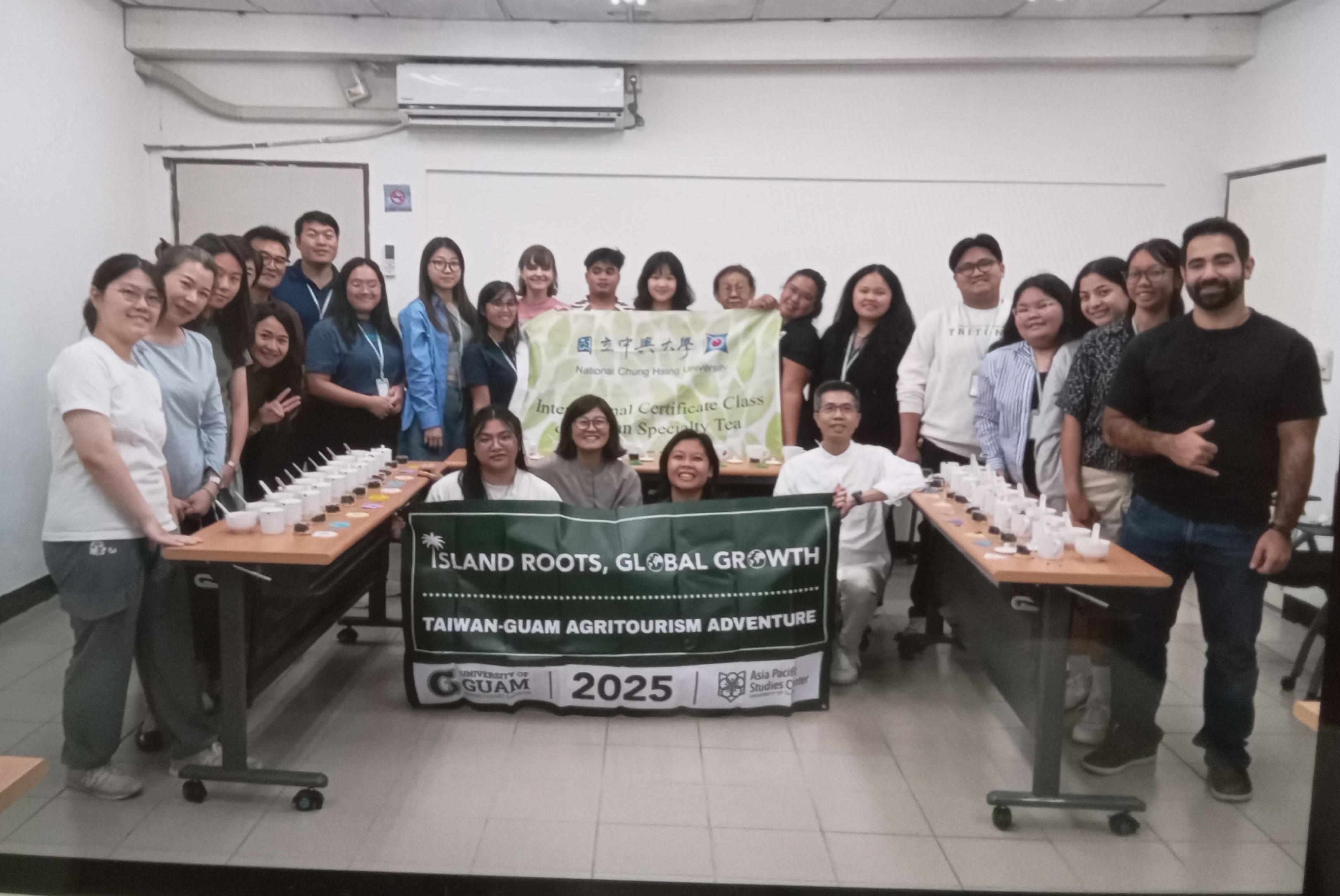 2025-NCHU-8-10151-001
2025-NCHU-8-10151-001
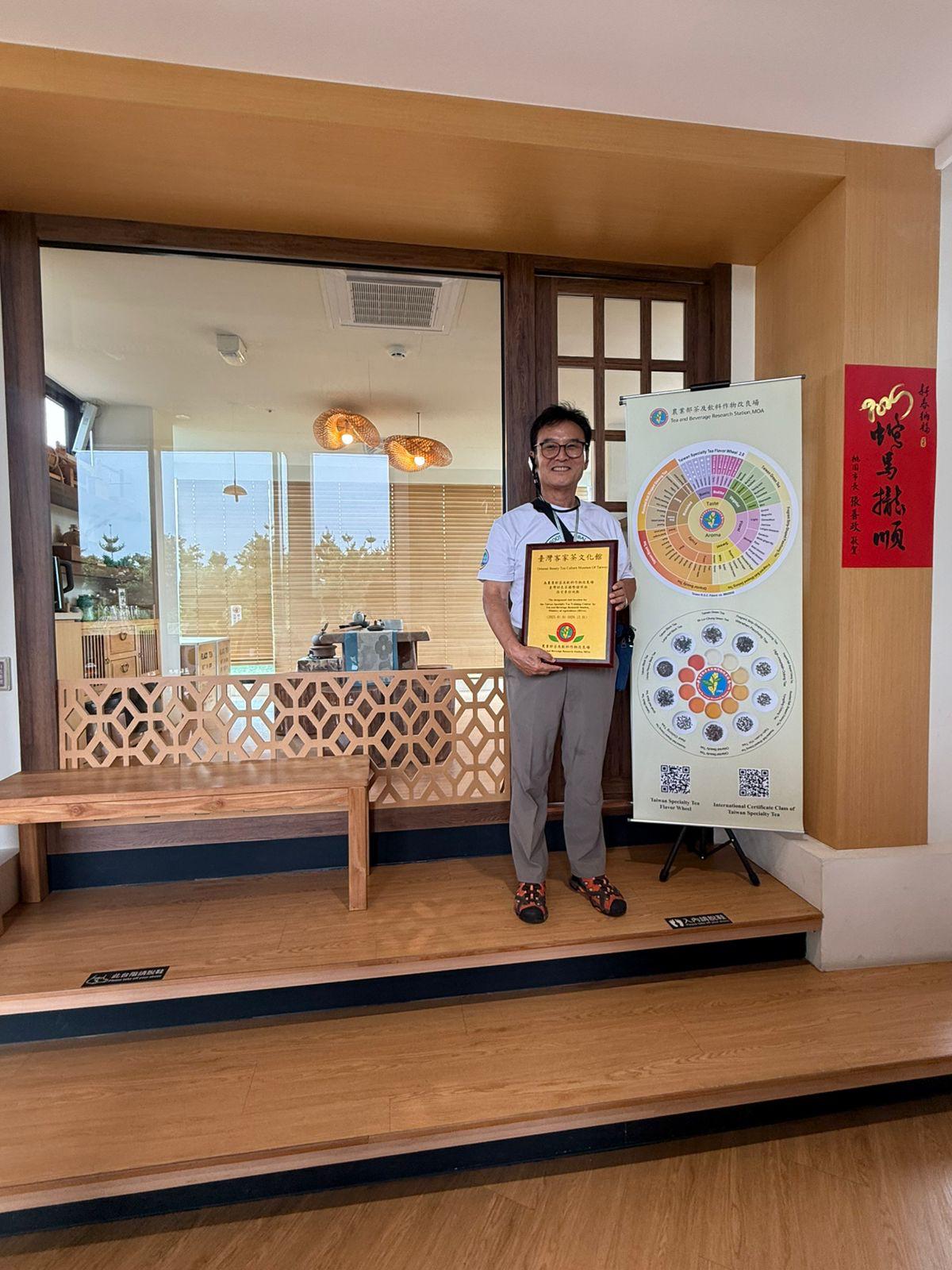 2025-NCHU-8-10151-001
2025-NCHU-8-10151-001
 2025-NCHU-8-10151-001
2025-NCHU-8-10151-001
The tea course is really great
 2025-NCHU-8-10152-001
2025-NCHU-8-10152-001
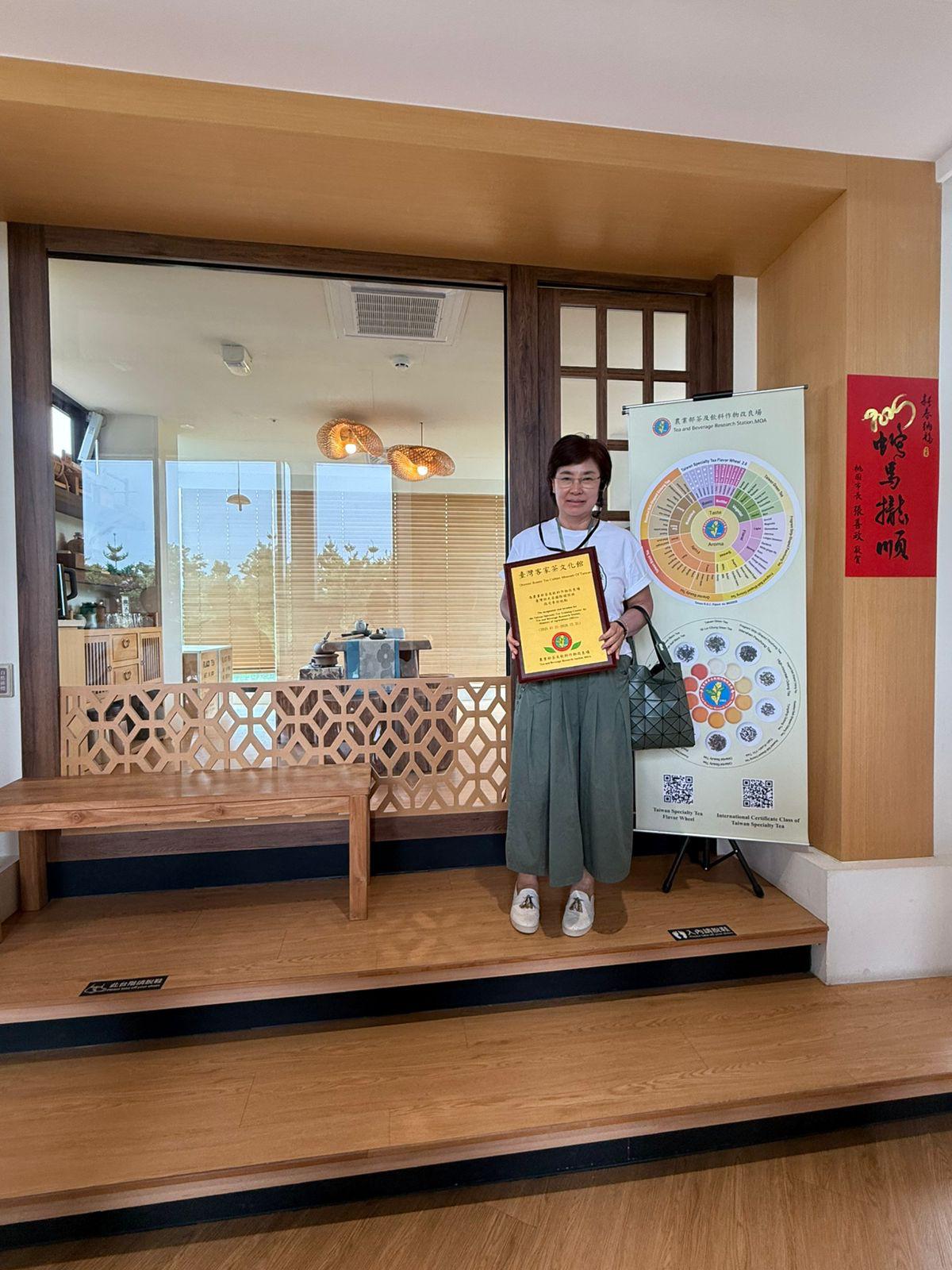 2025-NCHU-8-10152-001
2025-NCHU-8-10152-001
 2025-NCHU-8-10152-001
2025-NCHU-8-10152-001
The Course is really great
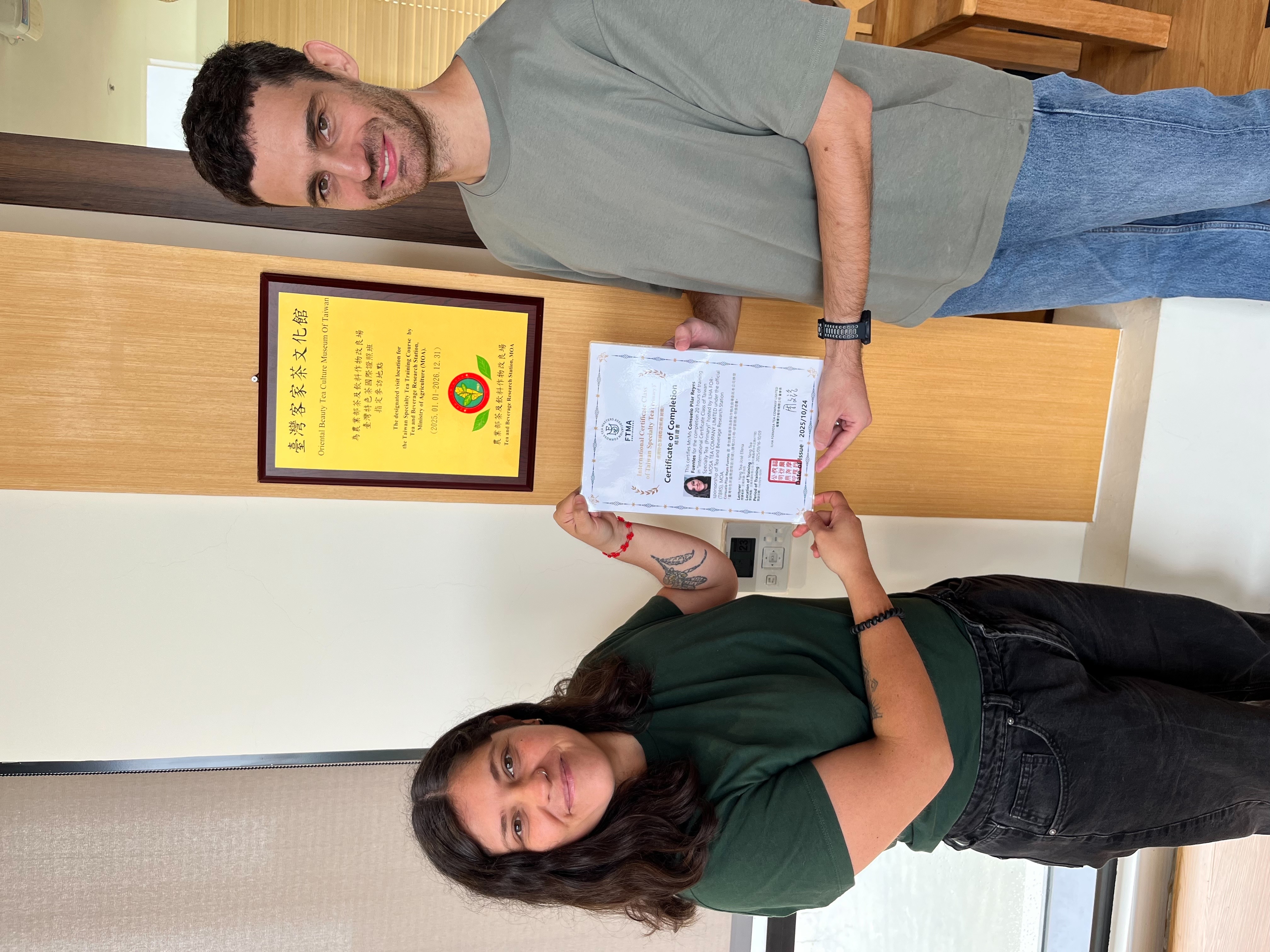 2025-IFTCL-18-10171-001
2025-IFTCL-18-10171-001
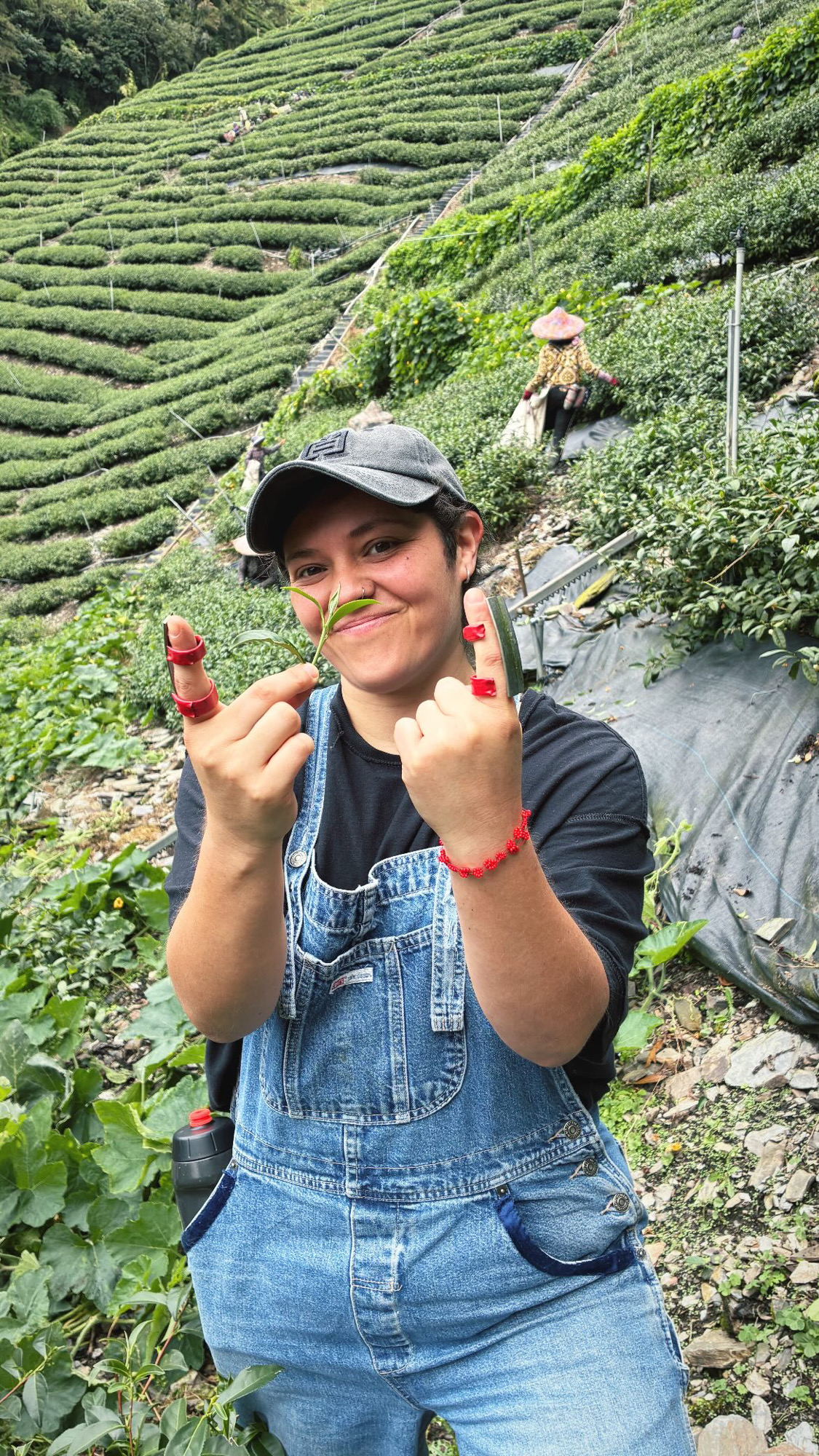 2025-IFTCL-18-10171-001
2025-IFTCL-18-10171-001
During my time in Lishan, I was able to witness firsthand the delicate process of tea production. The people involved were kind and included me in their workflows to show and teach me what they do. I had the opportunity to pick leaves with the pickers, using their finger knives, and participate in the withering, panning, rolling, and drying processes. Rolling was my favorite part; I find it impressive to see how tea goes from being a strand to a perfectly formed ball. During my days on the plantations, I also received training in recognizing and analyzing the processes and resulting tea leaves from José and Iris, who guided me every step of the way. It was a valuable experience that helped me gain a deep understanding of how tea leaves work, from the plant to the cup.
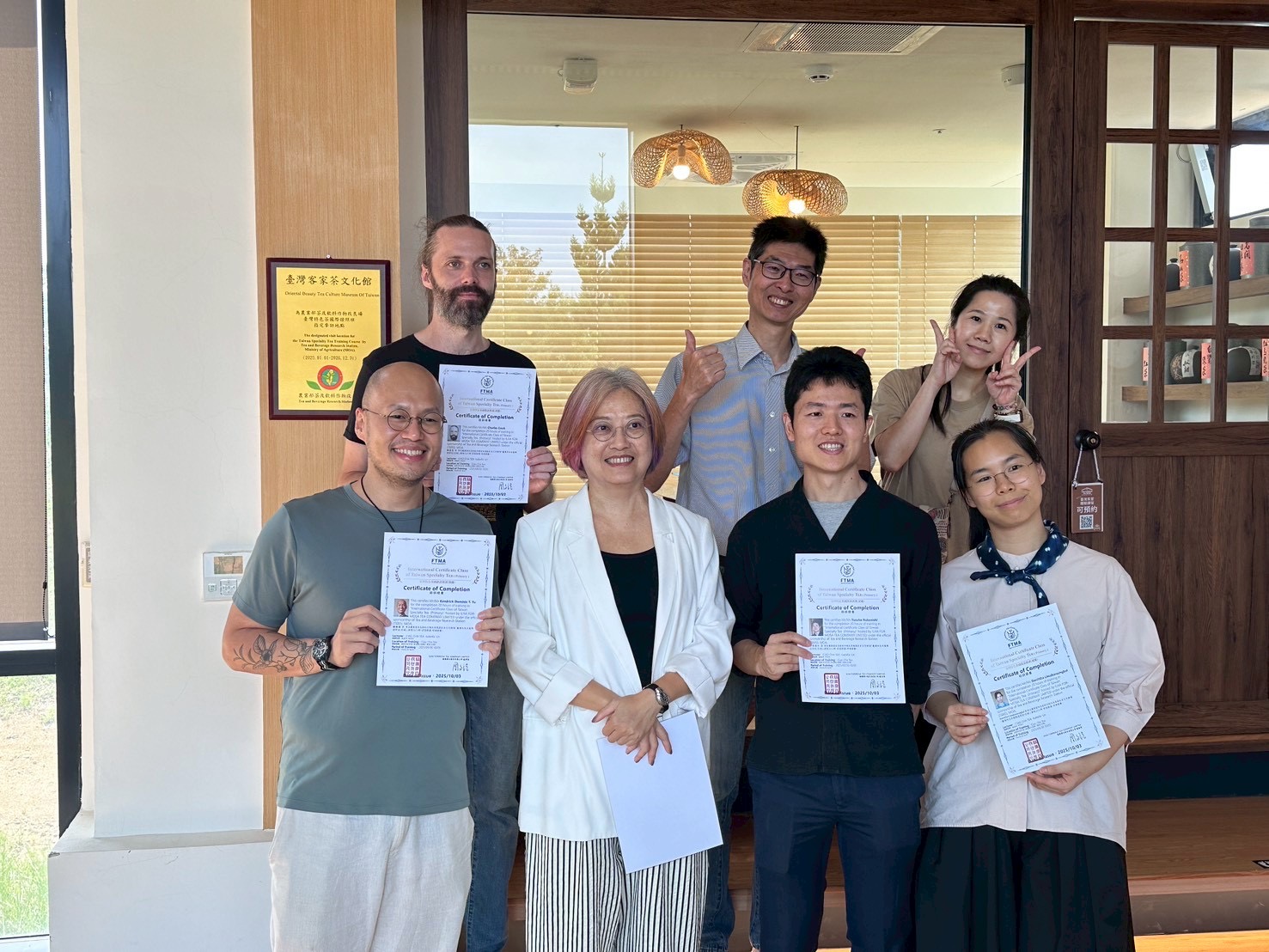 2025-IFTCL-6-10178-001
2025-IFTCL-6-10178-001
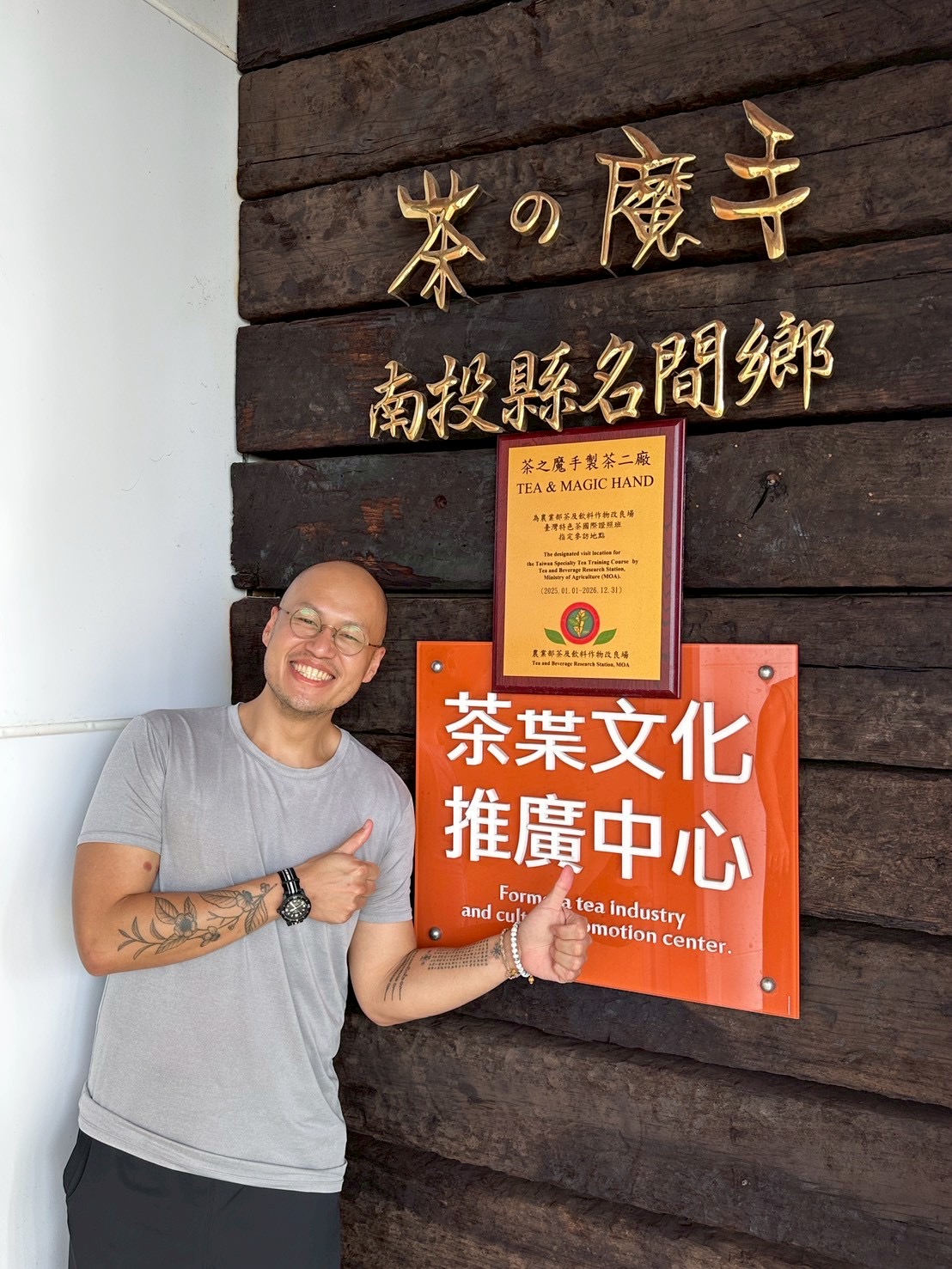 2025-IFTCL-6-10178-001
2025-IFTCL-6-10178-001
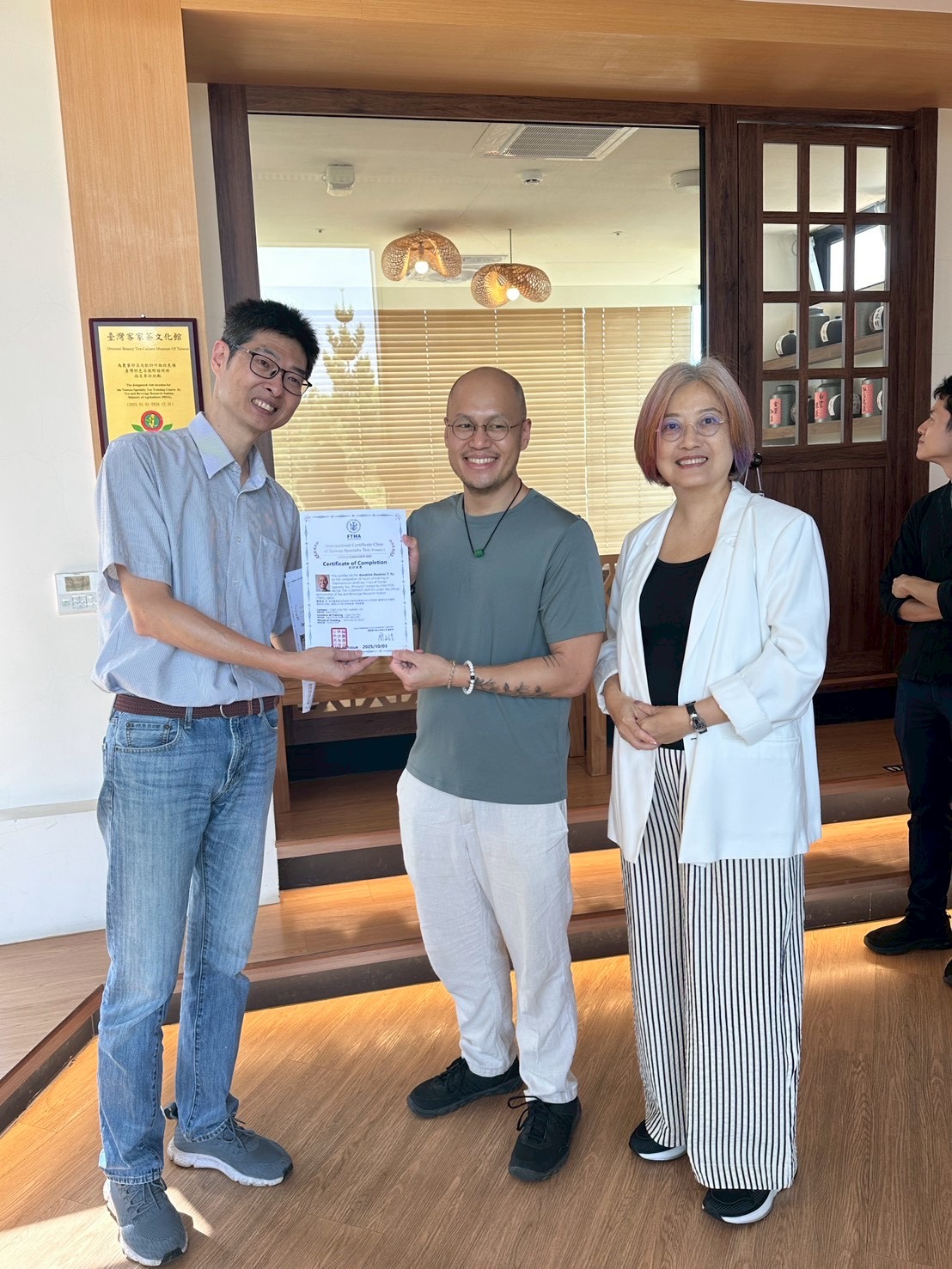 2025-IFTCL-6-10178-001
2025-IFTCL-6-10178-001
I have always appreciated Taiwanese teas—their aroma, taste, and the social connections they foster. Wanting to deepen my understanding, I joined the TBRS Taiwan Special Tea International Certificate Course through Ciao Cha. When I began, my knowledge of Taiwanese teas was quite limited, but in just a few days of classes with Isabella, I gained valuable insights and a deeper appreciation. From history and tea culture to the processes and technicalities of Taiwanese tea making, the experience greatly enriched both my knowledge and connection to tea. One aspect I deeply value is how TBRS continues to support tea farmers and uplift the local tea industry. Their commitment to innovation while safeguarding tradition is both admirable and inspiring. The tea farm visit was especially eye-opening, showing how Taiwanese tea production integrates advanced approaches to streamline processes while still honoring the indispensable role of human labor. It is a true testament that tradition and technological innovation can coexist in harmony to produce exceptional tea. This course has not only expanded my perspective but also strengthened my commitment to tea as both a craft and a cultural bridge. I intend to continue enriching my knowledge and deepening my practice through further studies and experiences. More importantly, I hope to share these learnings with fellow tea enthusiasts back home in the Philippines, where tea appreciation is growing. In doing so, I aspire to contribute to a deeper cultural connection with tea and to inspire others to experience the richness it brings to life.
 2025-IFTCL-6-10180-001
2025-IFTCL-6-10180-001
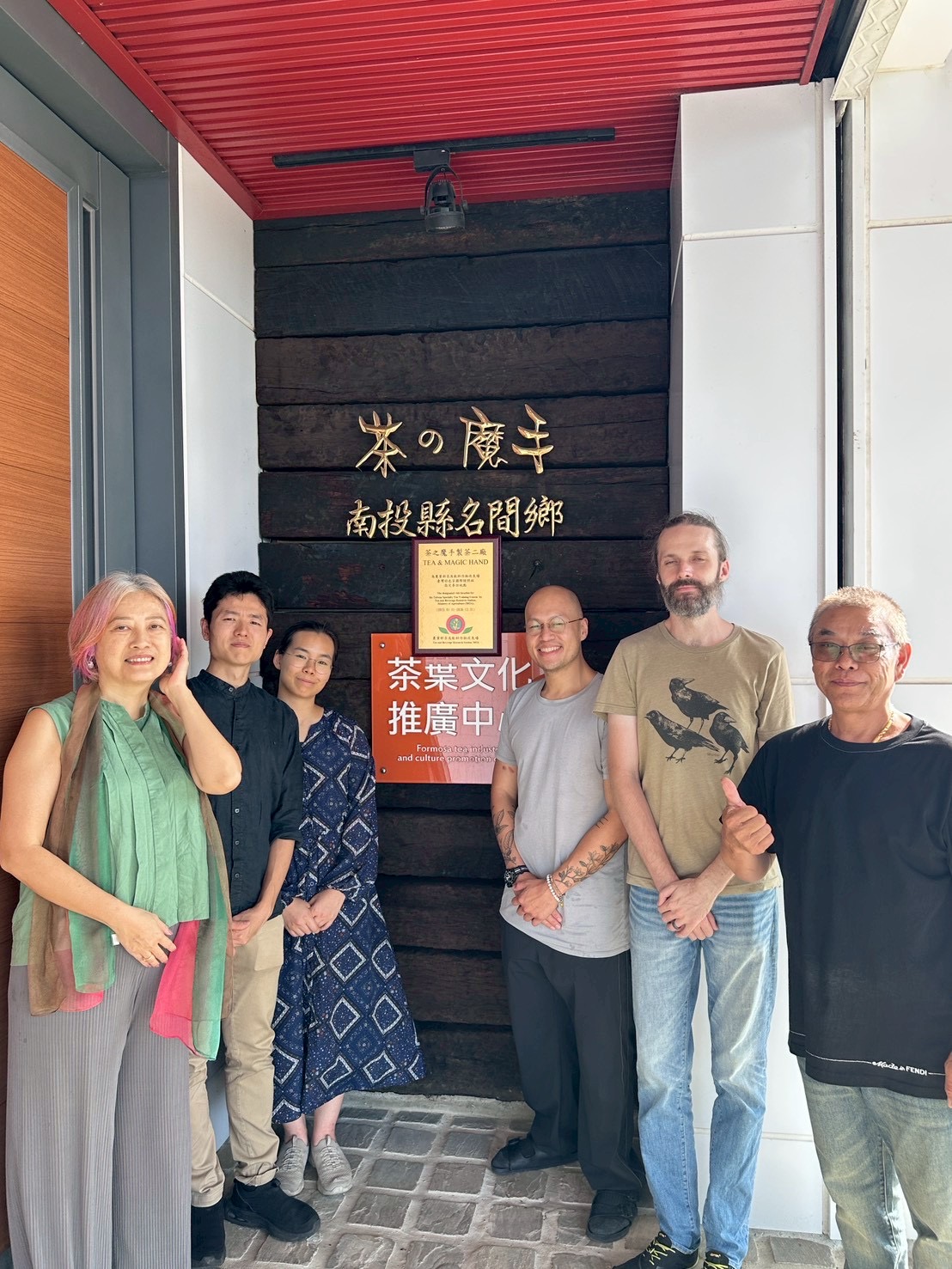 2025-IFTCL-6-10180-001
2025-IFTCL-6-10180-001
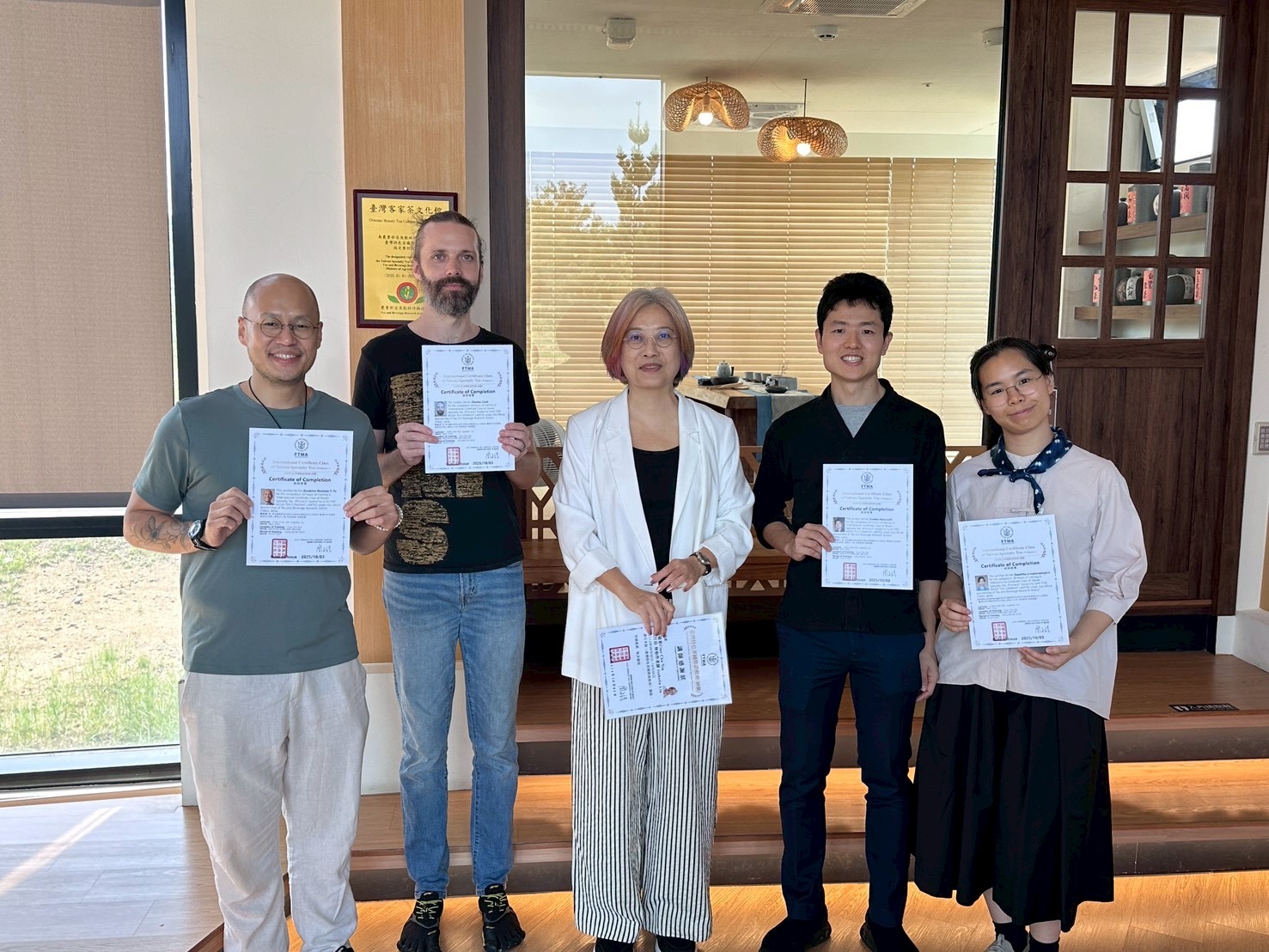 2025-IFTCL-6-10180-001
2025-IFTCL-6-10180-001
the class was very informative, it is perfect for beginner looking for a short comprehensive course on taiwanese tea. The class covers from history, cultivation , processing , and tasting various kinds of taiwanese tea. We had experience visiting 2 tea fields and a factory, tasting 100 Taiwanese tea and study for examination. From zero knowledge, i believe that I can understand taiwanese tea more especially how it is processed, tell and explain the difference to others, and can select taiwanese tea in the market that suit my taste. This class is intensive, yet fun and easy to digest a lot of information. I am thankful for Isabella and TBRS to offer english class!
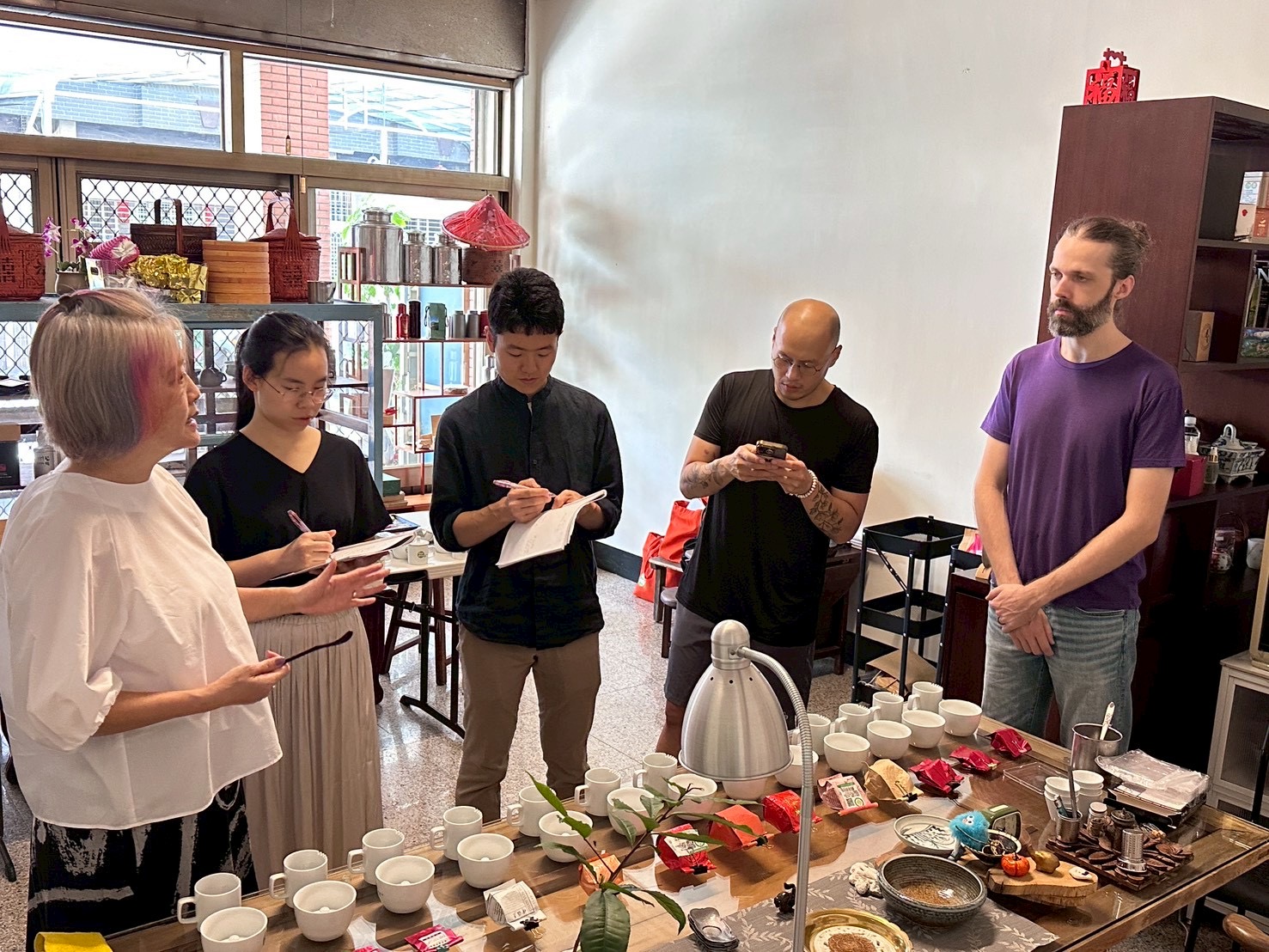 2025-IFTCL-6-10179-001
2025-IFTCL-6-10179-001
 2025-IFTCL-6-10179-001
2025-IFTCL-6-10179-001
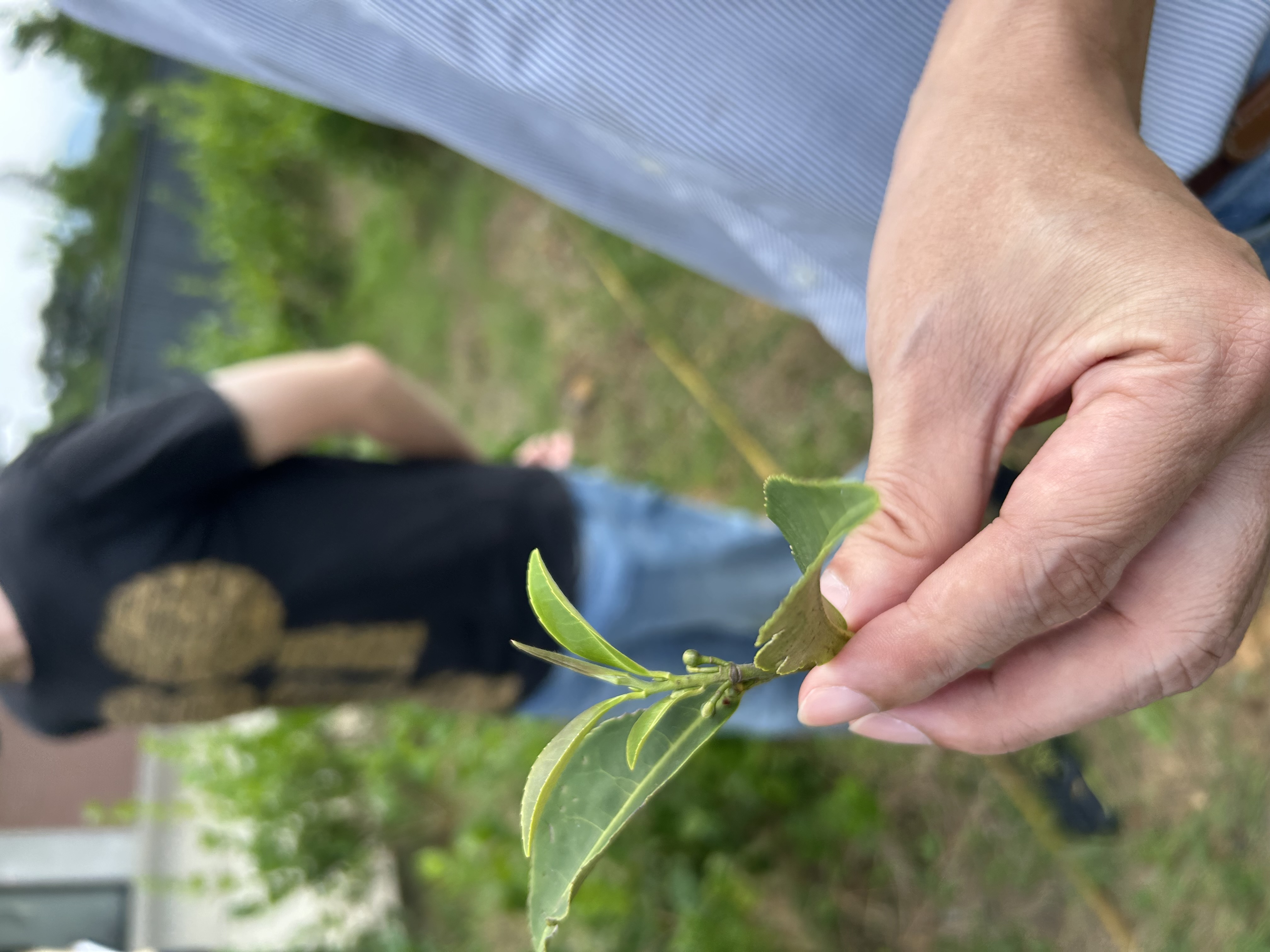 2025-IFTCL-6-10179-001
2025-IFTCL-6-10179-001
Through the class I could learn the basic knowledge about Taiwanese tea. It’s really helpful to input the outline of what’s Taiwanese tea especially categorizations and 100 cups of tea cupping experience. Visiting tea farm and factory are rare chance for foreigner and get many insights. Now more interested in oxidized tea and ball shape processing methods which are quite new for me.